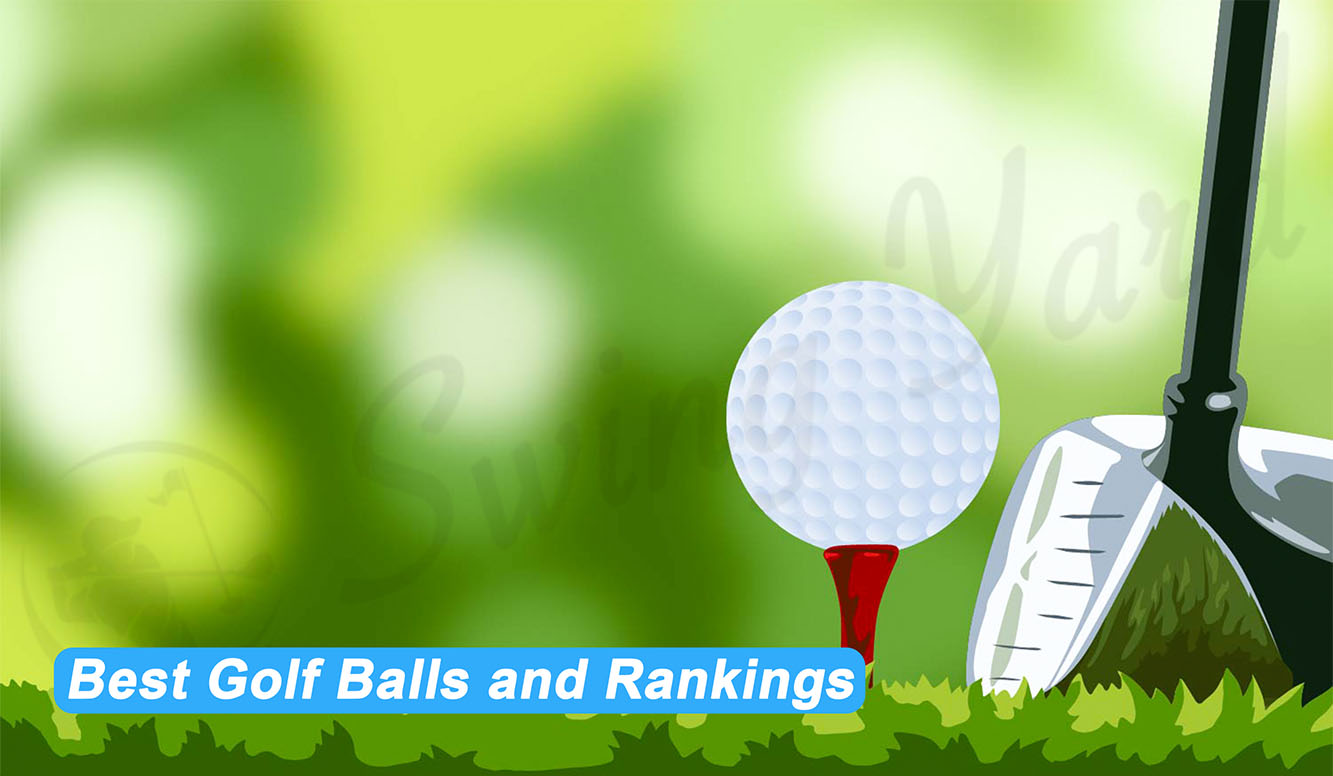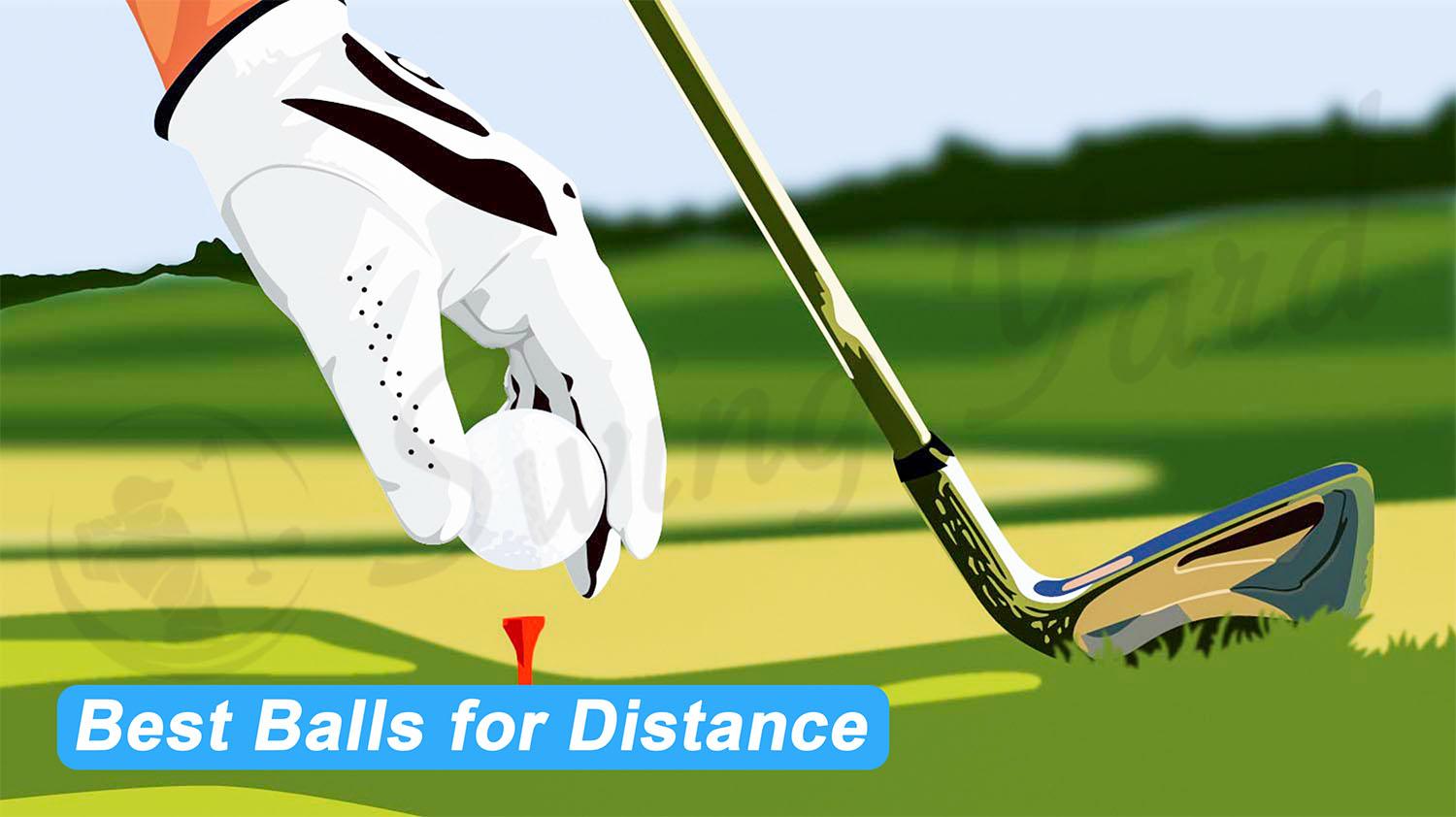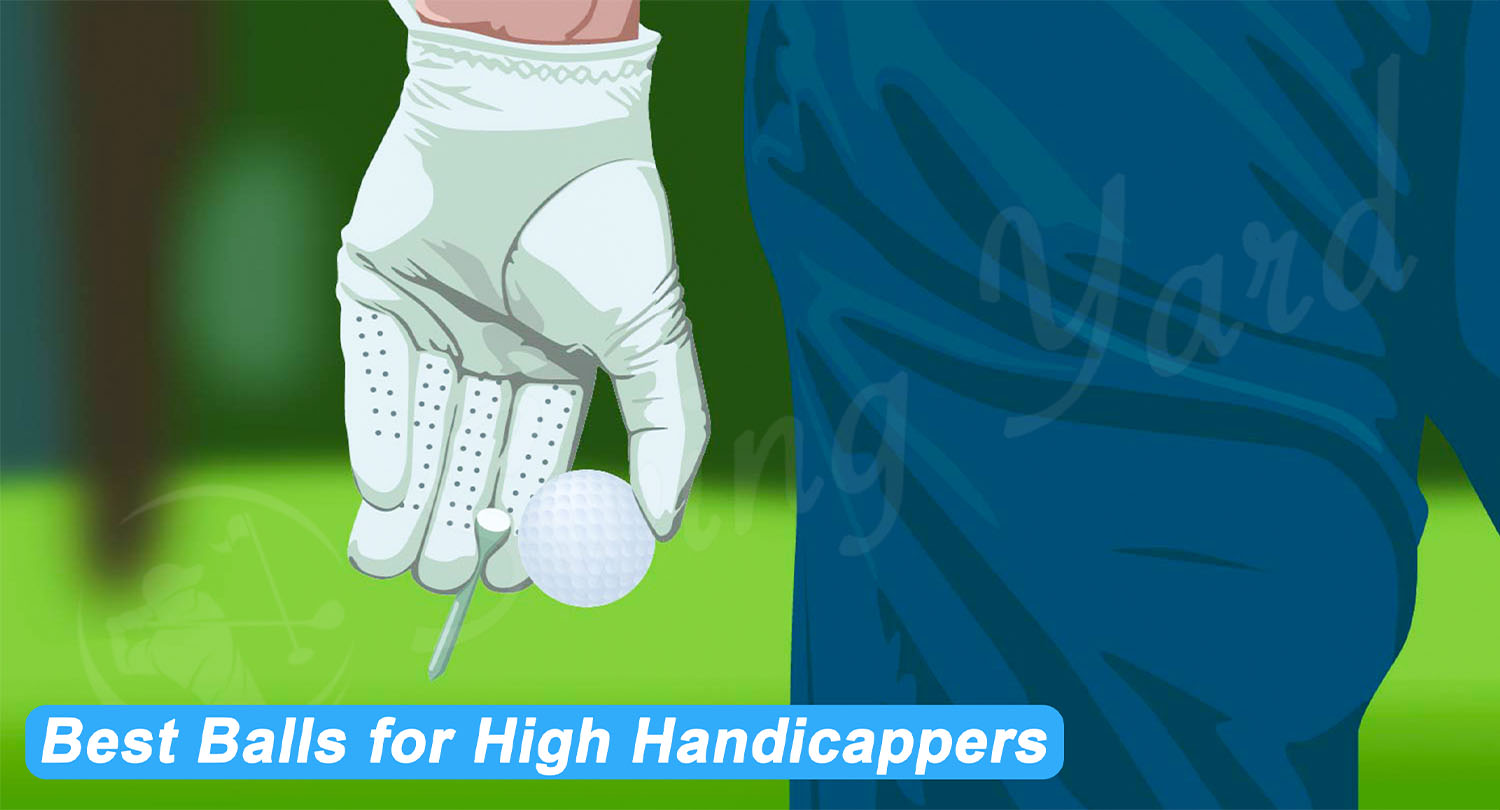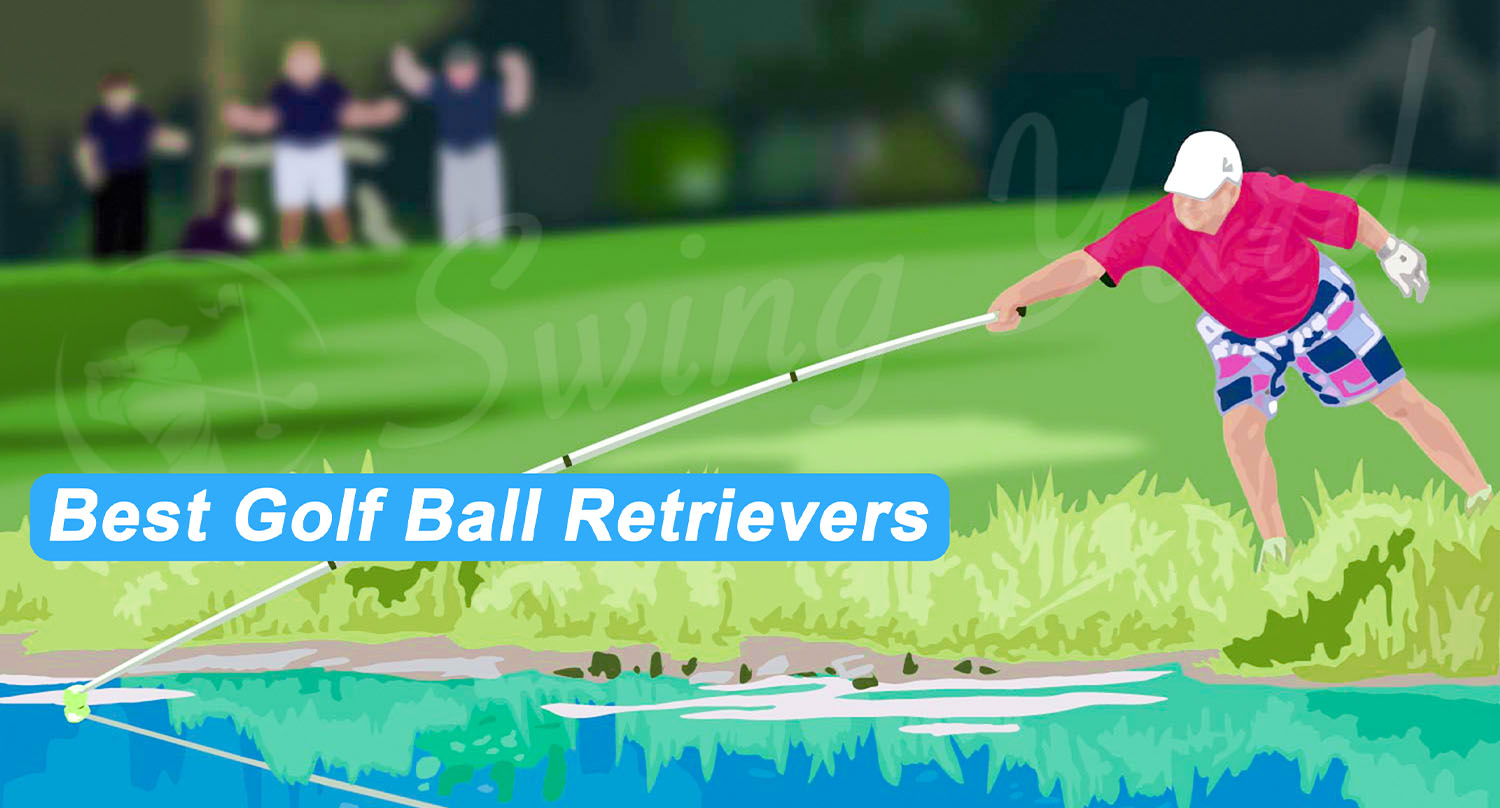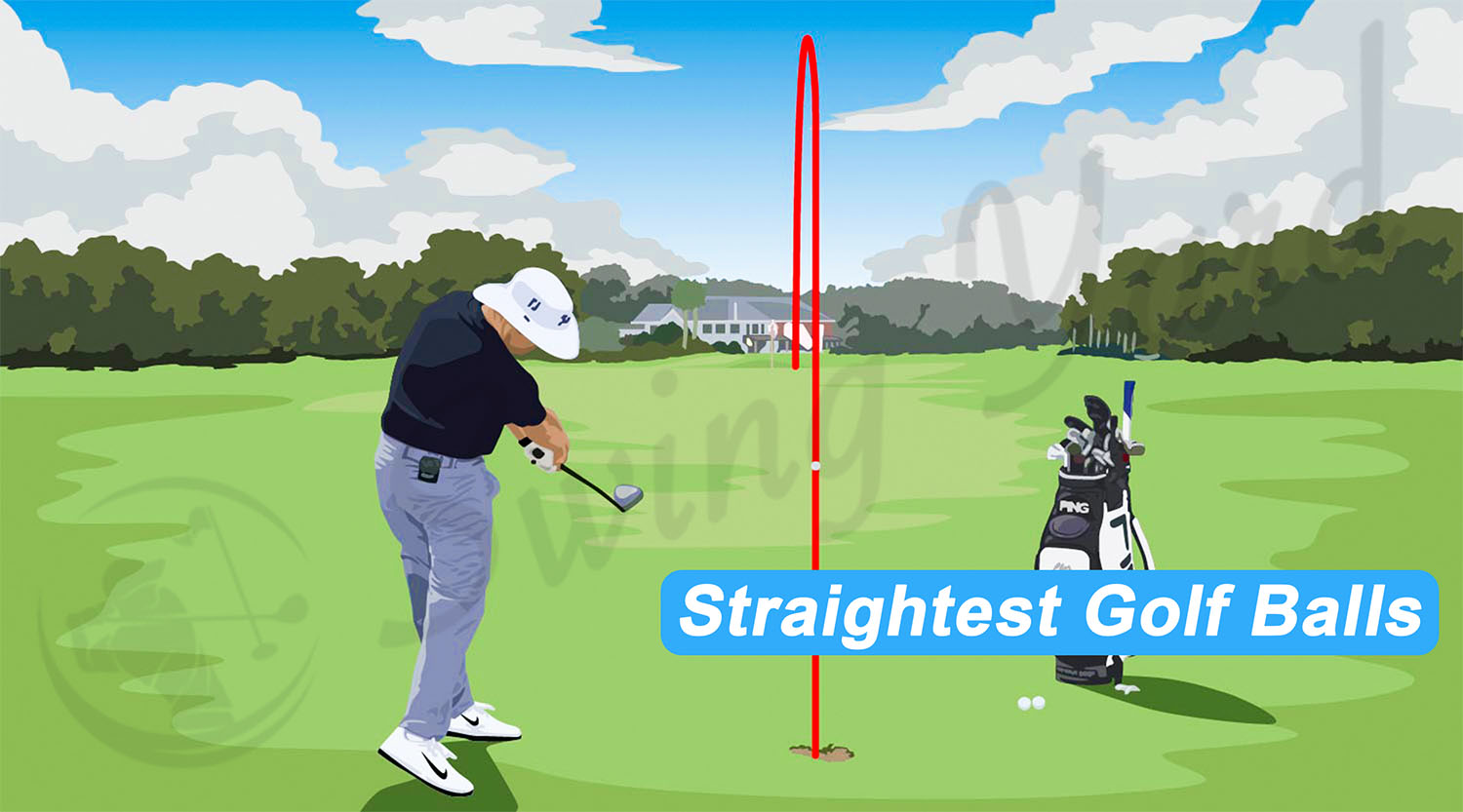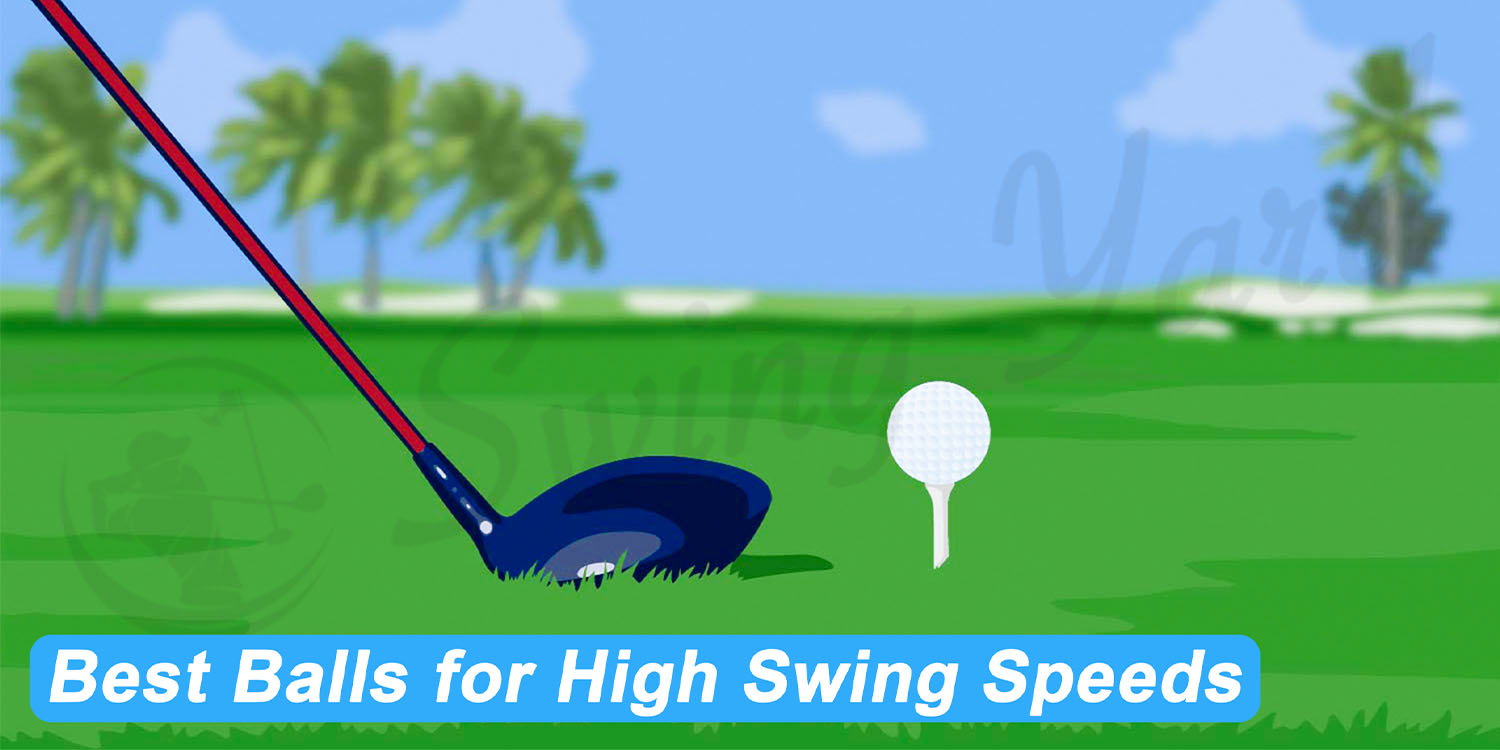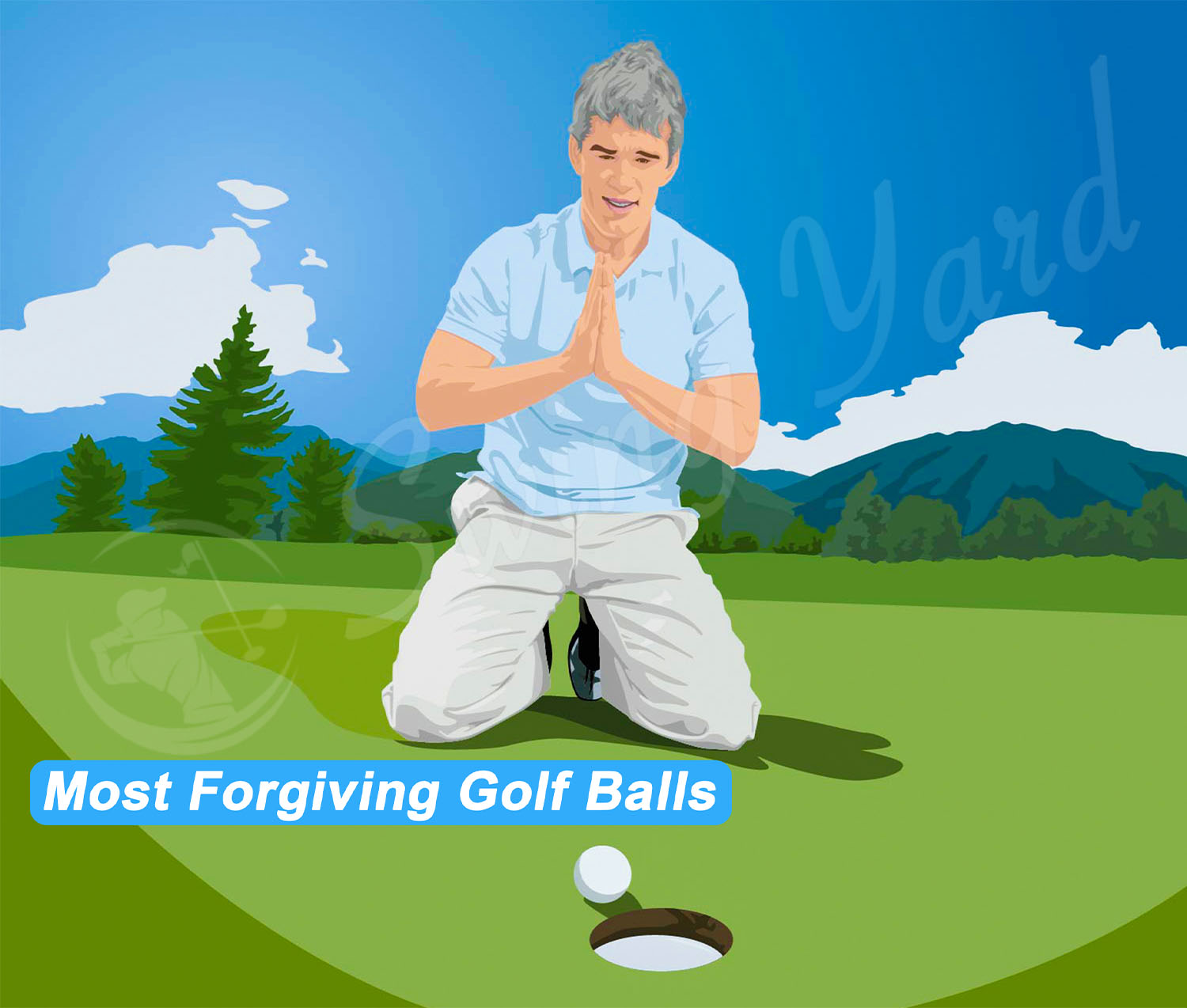Do Golf Balls Go Bad? How Long Do They Last? Is There A Shelf Life?
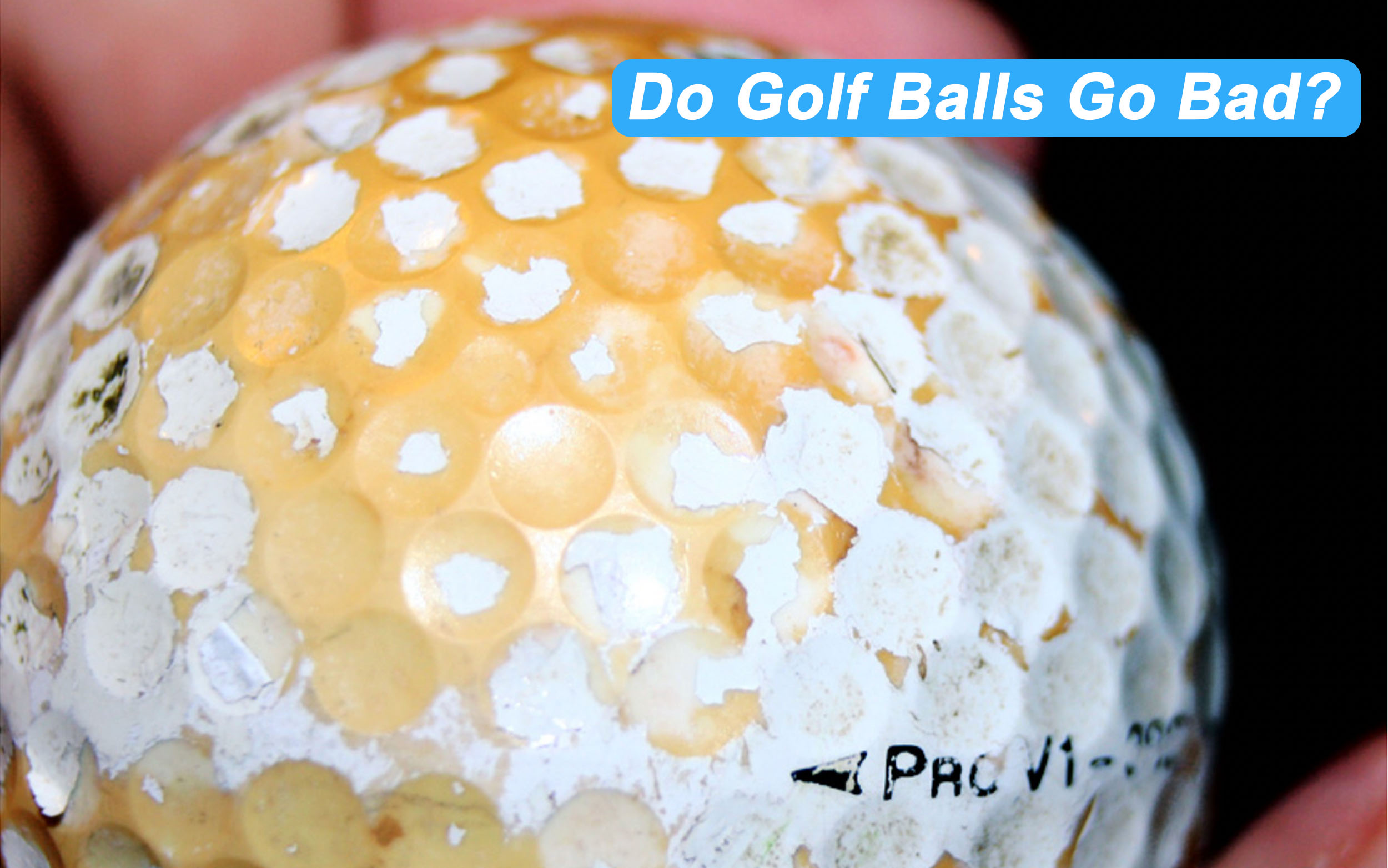
By Coach Erik Schjolberg – Jul 15, 2023
Contents
Key Takeaways – How Long Does a Golf Ball Last
- Golf balls have a shelf life of 5+ years
- Bunkers and hard surfaces scuff the ball
- Water damage impacts the flight of your golf ball
- A damaged ball impedes flight, distance, and spin
- A wet clubface cuts the cover of your ball
- Exposure to extreme temperatures affects the structure of the golf ball cover
The short answer is yes, but there are five common reasons why the modern golf ball loses its performance features, which I will expand on in a minute.
However, a golf ball stored in favorable conditions stands to last for up to ten years, according to Titleist. Unfortunately, I have never met anyone able to hang on to a ball for that long.
Do Golf Balls Go Bad?
So, do golf balls go bad?
Yes, golf balls can go bad, but only after we have abused them, hooking and slicing them into every bunker on the golf course. In addition, a wet clubface and contact with hard surfaces will scuff your brand-new ball.
What about new golf balls left in an unopened sleeve for years? Well, they will maintain their performance to deliver optimal flight, spin, and ball speed. Titleist suggests that their golf balls wear after five or ten years.
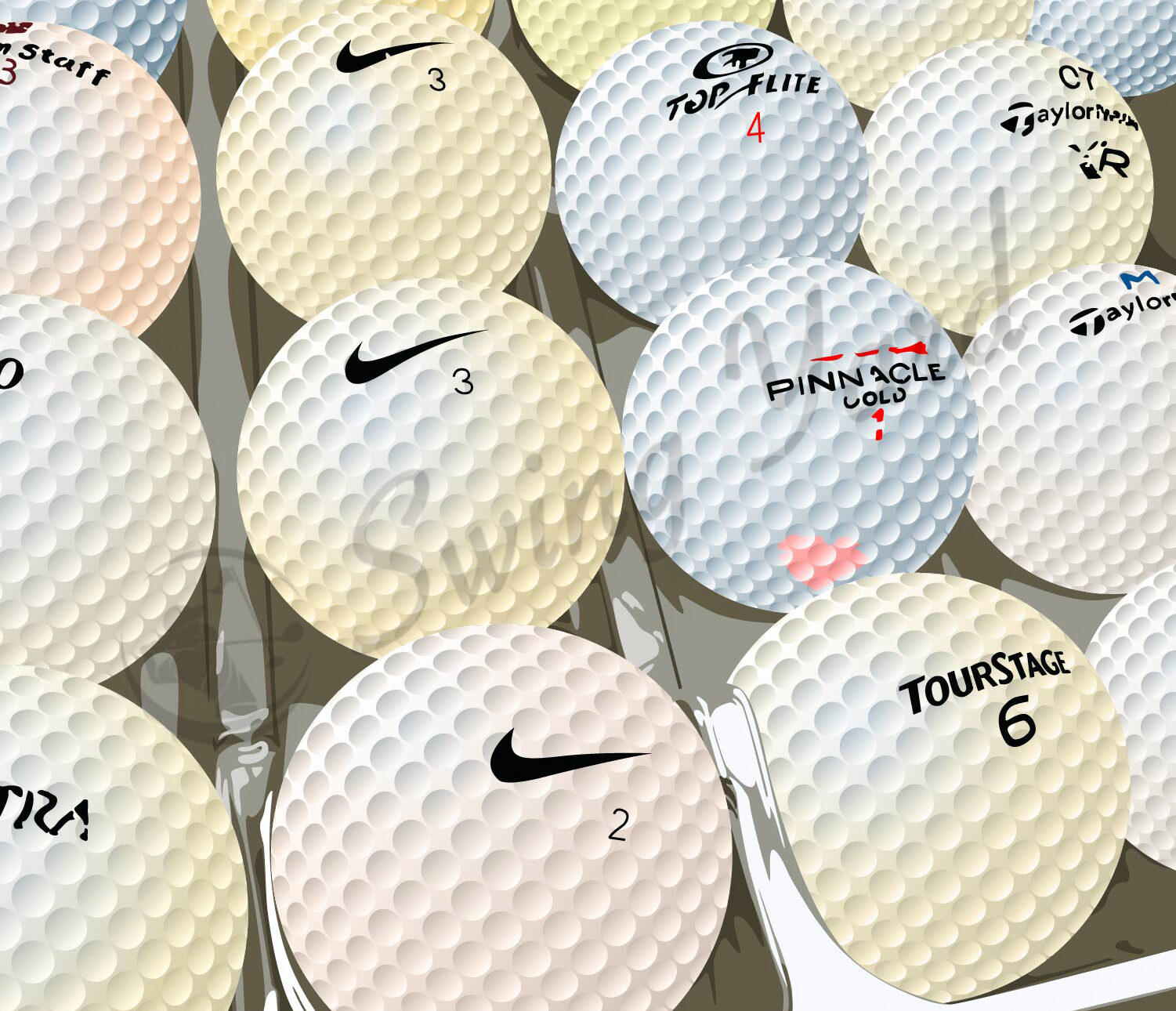

However, many skeptics claim they last for far longer, and I have a buddy who has proved it. The photo below showcases his unused golf balls from 2000. He knocked the Nike golf balls around and found that they performed as expected.
He reported that the ball launched high, but did not travel as far as modern golf balls. A logical explanation is that dimple patterns and energy cores have evolved drastically since Tiger won the 82nd PGA Championship.
When Is It Time To Buy New Golf Balls?
How long do golf balls last? You’ll notice it’s time to pick up a new box of golf balls when your current balls reduce distance, deliver inconsistent flight, and have unpredictable spin. This means your golf balls have gone bad.
When the performance of your golf ball is noticeably different from your average results, the time has come to treat yourself to a new sleeve or four.
I’ll explain what causes your golf balls to spoil in a moment, but first, let us explore the signs of a rotten construction.
How to Tell If Your Golf Balls Have Gone Bad?
Scuffing And Degradation
The most evident sign that your golf ball is deteriorating appears on the surface. Scuffs or scratches appear in different shapes and sizes across the golf ball, relinquishing traction in that area and wreaking havoc with airflow. Some scuffs are minute and innocent, but they can quickly start your golf ball’s wear and tear.
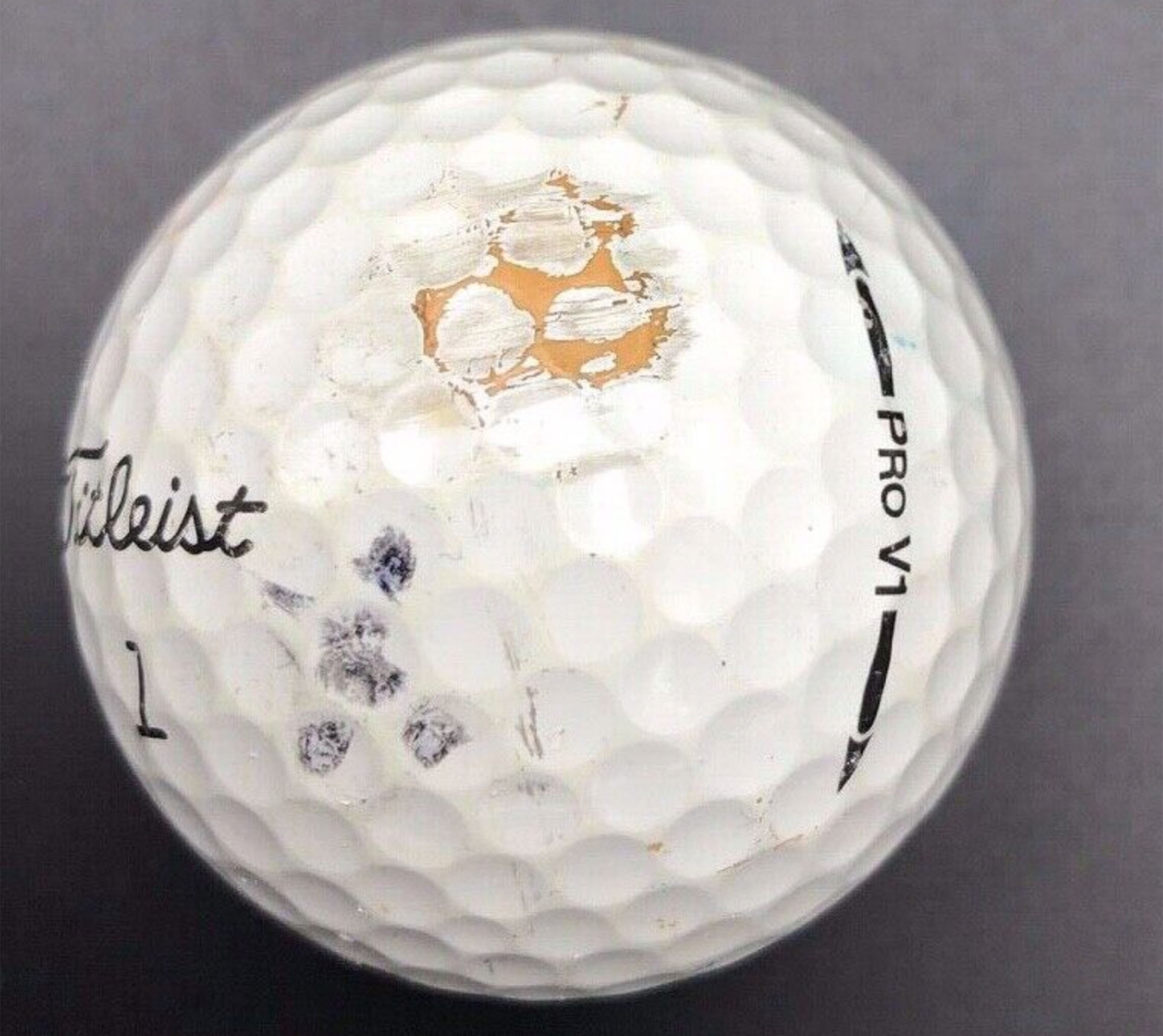

Bounce
When the core of your golf ball is shot, it fails to deliver the energy transfer required for a powerful shot and hampers bounce. The golf ball hits the ground and generates restricted forward momentum, coming to a grinding halt.
Modern golf balls that produce superior bounce can kick forward and gain golfers a few additional yards. If the ball lacks bounce, it is time to consider another option.
Ball Flight
Ball flight is a telling sign that the ionomer is spoiled, and I have a perfect example. The other day at my local driving range, I struck several draw shots that started on line and began drifting to the right. At first, I thought it was my open clubface at impact, but after a video review, it was clear that the ball’s best days were behind them.
I suggest paying close attention to the consistency of your ball flight because it obliterates your control, damages your shot dispersion, and messes with your mind.
Launch
The launch is another area where you see the impacts of warped golf ball technology. The longer a golf ball is subjected to a high impact and rough surface, the more it scuffs and cannot effectively resist drag. The old golf ball launches lower and touches down faster than other golf balls, resulting in a loss of carry and total distance.
The impact of an unbalanced flight and a low launch can quickly eradicate your distance ambitions. This is worsened if your ball has suffered water damage to the core, as it fails to provide adequate friction off the clubface, which reduces your ball speed and fails to lower the spin.
A lack of ball velocity, coupled with wayward flight, results in a significant loss of carry distance, forward roll, and total yardage.
What Causes Your Golf Ball To Go Bad?
Water Damage
In my experience, dimples found in the lake at my local course deliver inferior results to the same ball out of a new sleeve. According to Vice Golf, most golf balls submerged in water for over a week produce 5 to 10-yards less than fresh surlyn or urethane.
In addition, they suggest that 3 months down the line, waterlogged golf balls will deliver a loss of 20 to 30 yards over a fresh golf ball. Golf ball manufacturers develop hydrophobic cores, which repel water, but this does not prevent damage.
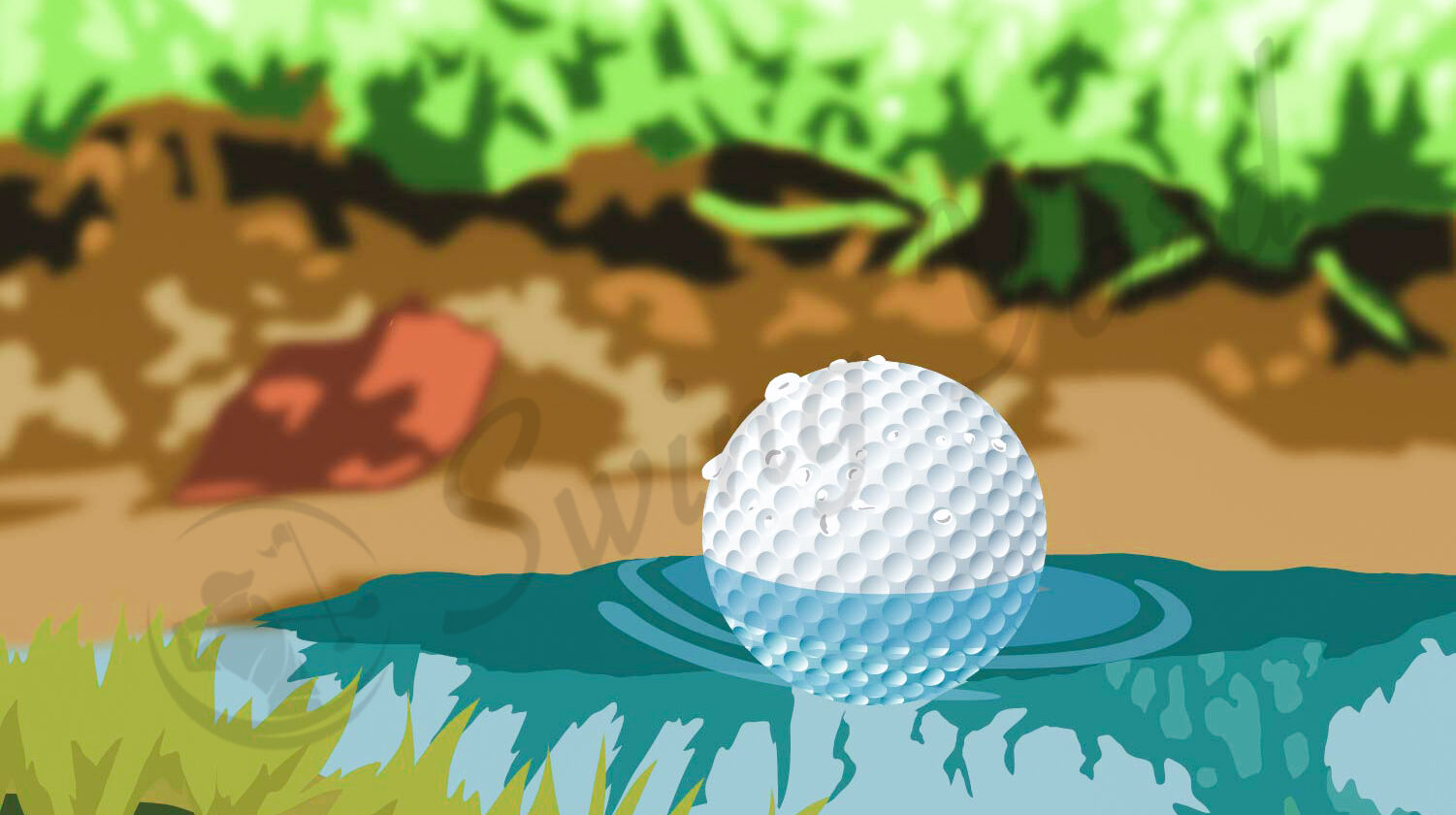

The hydrophilic nature of ionomer and urethane covers causes water to saturate the outer layers before trickling into the core and damaging the rubber. Once the core is damaged, it does not offer the level of compression provided previously, leading to a loss of ball speed and coefficient of restitution (COR).
So if you can retrieve a golf ball quickly, or within a day or two, you should be fine. Old golf balls that have been sitting at the bottom of the pond for weeks and months probably aren’t worth your time and effort to fish them out.
Bunkers
The rough surface of a bunker is not conducive to soft plastic covers. If you have a habit of finding the sand, you can rapidly scuff your ball, affecting the spin and control of your ball flight. Of course, soft sand bunkers are less likely to damage your ball compared to the pebble-laden bunkers found at our local munis.
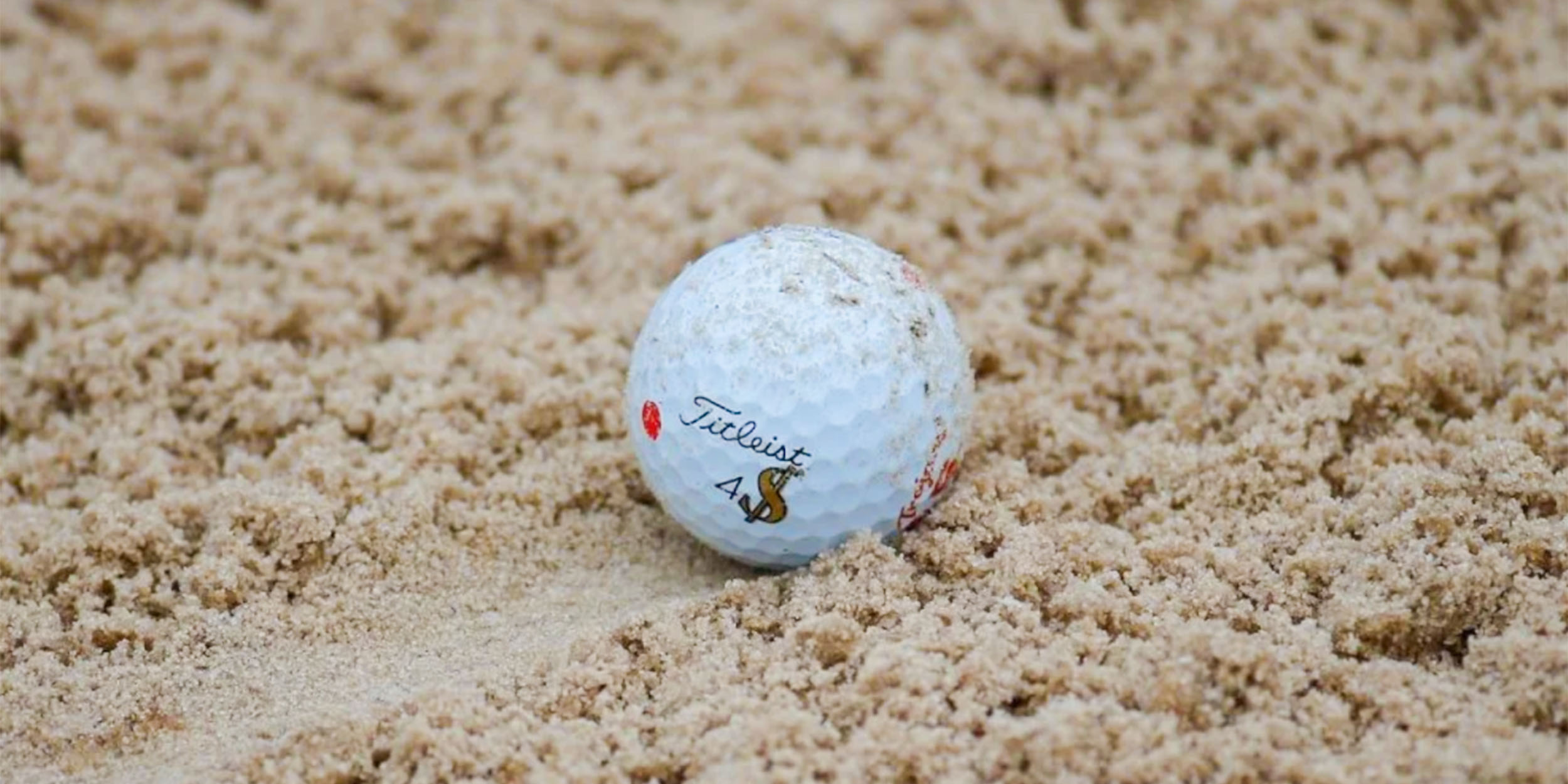

Clubface Moisture
When your club is swamped in moisture, it leads to a loss of friction. Instead of gripping onto your golf ball, the grooves slice across the cover. This generates excess sidespin, and you risk your golf club grooves cutting the ball cover. As a result, the best solution is to dry your clubface before and after every shot.
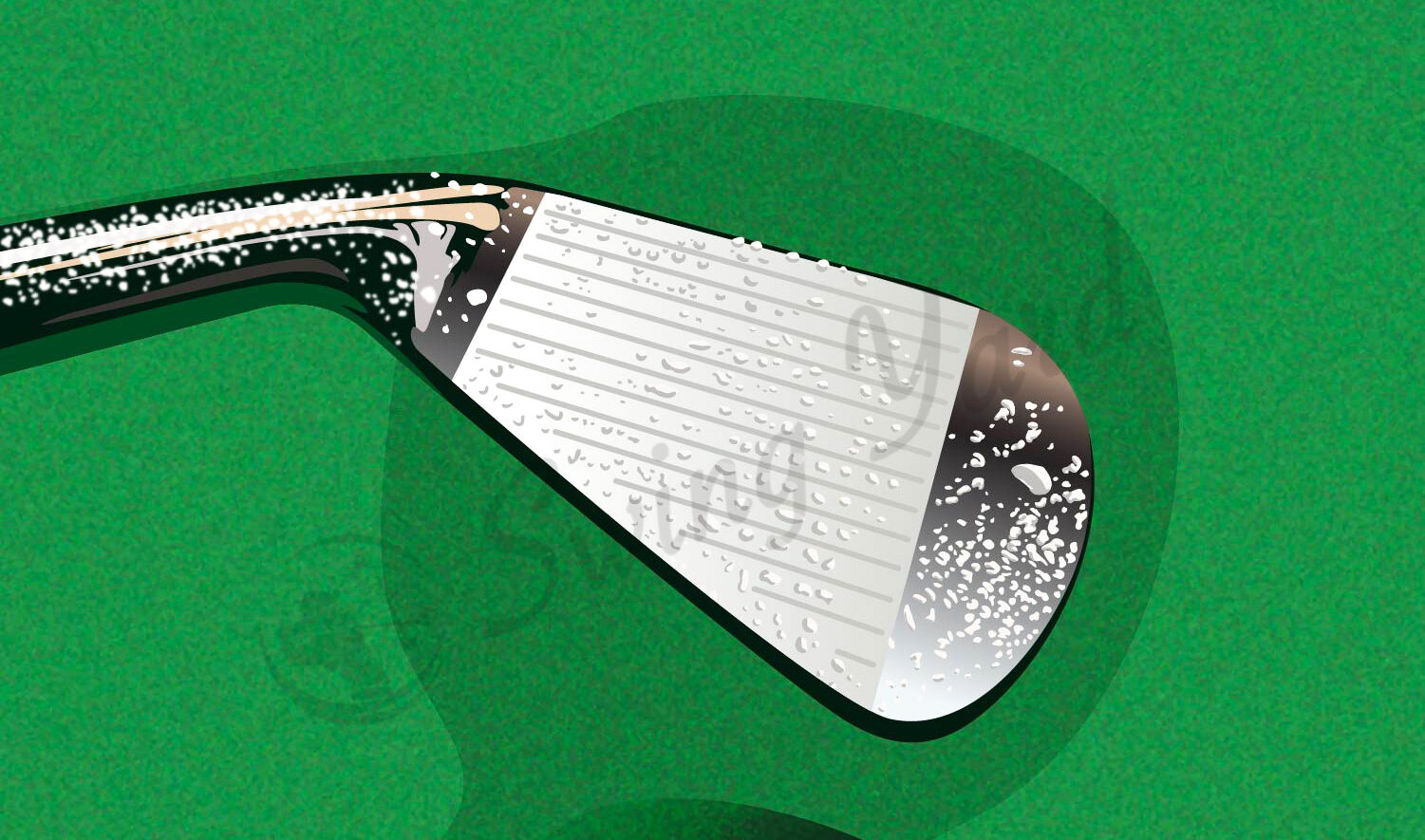

I see that many amateurs fail to clean their golf clubs frequently, causing a build-up of mud and on occasion tiny pebbles in the grooves. When the gunk hardens it prevents your clubface from biting into the cover of the ball and producing optimal friction, plus, it can pound the soft compounds of urethane.
This is another cause of scuffing and surface damage, which can easily be avoided with regular cleaning.
Storing In Extreme Temperatures
This is the least likely issue for golfers however, golf ball storage can impact your performance if exposed to extreme temperatures.
I recommend finding a place to store in your garage, basement, or attic where it’s cool and dry, just to be safe. When temperatures soar past 170 degrees Fahrenheit in the immediate vicinity, the thermoplastic covers will start melting. However, I doubt many of you will face this issue under normal circumstances.
How To Make Your Golf Ball Last Longer?
Clean Your Golf Ball Frequently
Take care of your golf ball and clean it whenever you mark it. Removing mud and moisture from the cover. Removing dirt enables your dimple pattern to do its job and produce stable flight, and it reduces the risk of scuffing.
In addition, I find that drying my ball in wet conditions helps to maintain friction at impact for optimal velocity and spin and fewer knicks on the cover.
Wipe Your Clubface Before And After Each Shot
Like your used golf balls, you should keep your clubface clean and dry and clean for every shot. When your clubface is dry and free of dirt and debris, you produce excellent friction at impact for enhanced pace and spin. Plus, you’ll appreciate fewer knicks on the surface as a result.
FAQ
New balls left in their box can last longer than five years, and I suggest pushing that as high as a decade. However, the moment you take that new ball out of your golf bag, the results vary depending on your skill level and your form during that round.
Do Golf Balls Lose Distance With Age?
Yes, golf balls lose distance with age because the more you play the ball, the more exposed it is to rough surfaces, bunkers, and frequent high impact. This leads to reduced compression, higher drag, and unstable flight, which hamper your carry and total distance.
However, if you store a box of new golf balls for years, you should produce similar results to when you first purchased them.
Do Golf Balls Go Bad In The Garage?
No, as long as your garage doesn’t produce excessive heat beyond 170 degrees Fahrenheit, your golf balls are safe for five to ten years in the garage.
Does water ruin golf balls?
Yes, water ruins golf balls. The longer a golf ball is submerged in water, the greater the damage is. One week in the drink can cost a ball 5 to 10 yards, while 3 or more months forfeit up to 30 yards. The water penetrates the cover before seeping into the core and hampering compression, COR, and ball speed.
Do Golf Balls Have a Shelf Life?
Golf balls do have a shelf life. Most manufacturers claim that unused balls sitting around will start to break down and lose distance after 5-10 years (depending on the manufacturer). BUT, I think it’s more of a marketing ploy to get you to buy new balls. A friend of mine tested out 20+ year old balls and he claims he can’t tell a difference.


